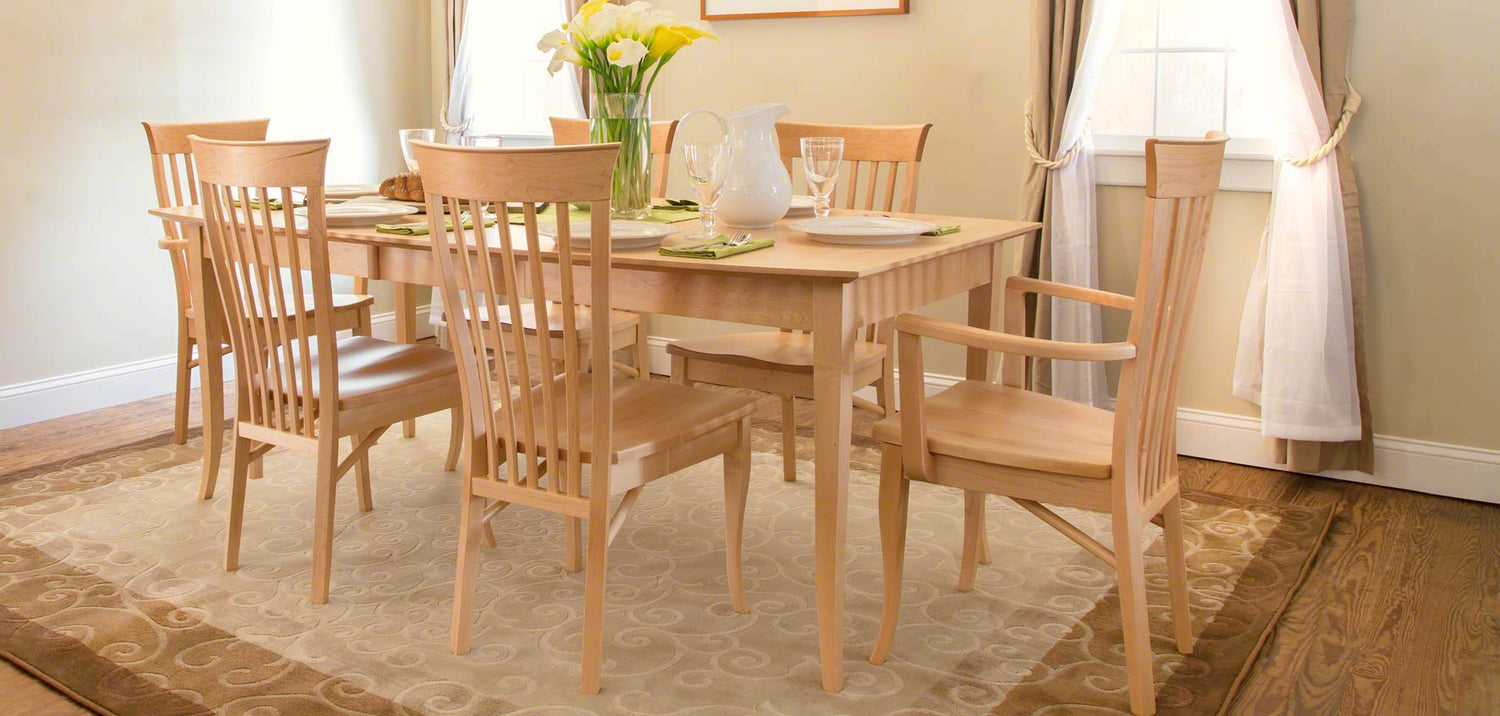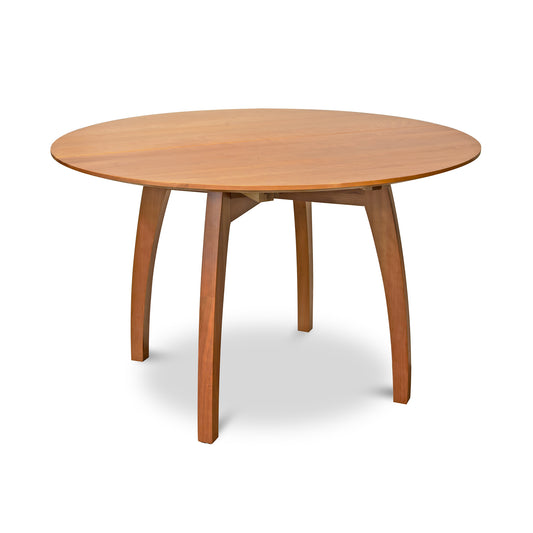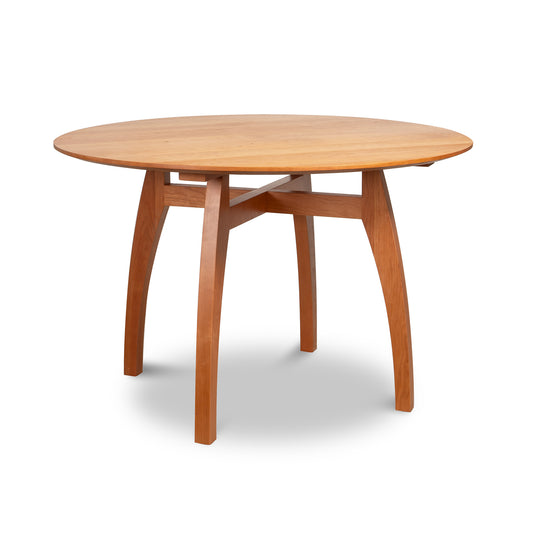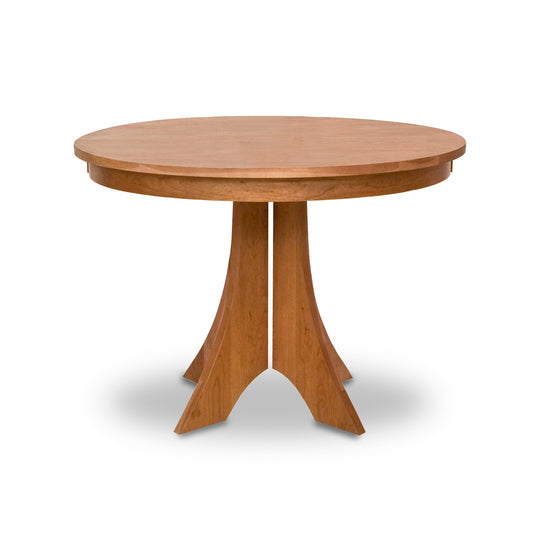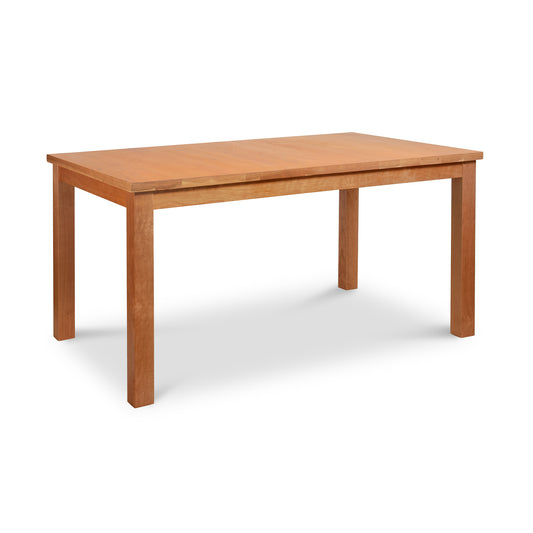Maple Wood
-
Maple wood is incredibly strong, looks great, and stains nicely. Woodworkers and furniture aficionados gravitate towards maple for its light, creamy color, smooth grain pattern, and impressive durability.
Although there are dozens of species of maple trees around the globe, the species most common among American woodworkers is Hard Maple (aka Sugar Maple or Rock Maple).
Sugar maple trees grow abundantly in Vermont and throughout the Northern US and Canada and are also the source of maple sap, the sole ingredient in pure maple syrup.
-
Characteristics of Maple Wood
- Color: White with some reddish-brown hues
- Source: Sugar Maple Tree (Acer Saccharum)
- Durability: 1450 on the Janka scale
- Cost: $3 to $8 per board feet
- Common Uses: Furniture, hardwood flooring, cabinets, sports equipment, kitchen accessories
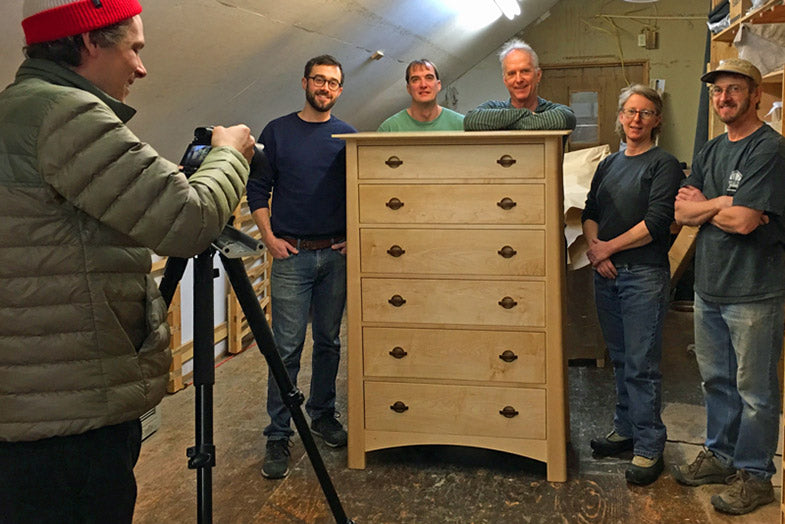
What Color is Maple Wood?
Whereas many trees are prized by woodworkers for their heartwood, its usually the sapwood of maple that gets used in wood furniture. It tends to be a white hue with pitch fleck and mineral streaks adding some reddish-brown tints to it.
Why Does Maple Wood Change Colors Over Time?
Virtually all hardwoods change color as the years go by. Light-colored wood, such as maple, will naturally darken due to exposure to UV light and oxygen. As the years pass, even a white maple piece will develop a honey-gold patina. For this reason, its generally best to purchase sets all at once versus building a collection a little at a time, as pieces added later will have a slightly different hue.
What are the Common Uses of Maple Wood?
Maple wood is commonly used in high-end furniture, flooring, cabinetry, and kitchen accessories. Because of its durability and strength, maple can be found used as flooring in bowling alleys and for bowling pins. It was also once a popular choice for wood baseball bats before being largely replaced by Ash, which is equally as strong but more lightweight.
Its unique color, smooth grain, and strength make maple a popular choice among woodworkers of all types. In its natural state, it can totally brighten a room, yet stained maple looks equally gorgeous and can be dressed up to suit any preferred style. Maple wood also tends to get chosen when durability is a concern because it can take a beating.
Where Does Maple Wood Come From?
There are hundreds of types of maple trees across the globe. The wood used for furniture available through Vermont Woods Studios is usually from the sugar maple tree, unless otherwise specified.
Where Do Sugar Maple Trees Grow?
The sugar maple, or hard maple, is only native throughout the northern United States and parts of Canada. It grows as far west as Minnesota, brushing down through Missouri, then dips as low as Tennessee before sweeping back upward toward the east coast. The greatest concentration of sugar maples is in the Great Lakes area, though theres a great many in Vermont as well. In fact, its the official state tree and is native to the Green Mountain Forest. Because it grows in abundance here, most of our craftsmen source wood locally.
How Big Are Sugar Maple Trees?
Sugar maple trees can exceed 120 feet in height. One of the oldest known ones is the Comfort Maple of Canada. Its estimated to be more than 500-years-old and is 80 feet tall with a trunk circumference of 20 feet.
Is Maple a Hardwood or a Softwood?
Hardness is arguably one of the most misunderstood things about wood in general, but maple wood adds to the confusion.
Technically, hardwood refers to wood harvested from a dicot tree, such as a broadleaf variety. A softwood, on the other hand, comes from a gymnosperm tree, such as a conifer. Its not a reference to the woods ability to withstand force, scratches, or dents.
Softwoods include things like fir, pine, and cedar. Hardwoods include cherry, oak, walnut, and maple, among others.
What gets confusing about maple is that it can also be described as both hard and soft.
What's the Difference Between Hard Maple and Soft Maple?
The term soft maple is used as an umbrella term to describe several different species of maple trees. Hard maple, on the other hand, refers to lumber that comes from the species acer sacharrum and is synonymous with sugar maple. Besides acer sacharrum, the only other species in the maple family which is sometimes referred to as hard maple is the Black Maple (acer nigrum). In fact, the two species are so similar that some consider the black maple a subspecies of acer sacharrum.
Both hard maple and soft maple are harvested from dicot trees, so both types are technically hardwoods.
Hard maple, or sugar maple, is the most durable of the maple species with a janka value of 1,450, which makes it one of the hardest domestic woods used in furniture making.
There are many varieties of soft maple wood, though the most common are the striped maple, silver maple, red maple, bigleaf maple, and box elder. Although called soft maple, its really only about 25% softer than hard maple wood and is still harder than wood from a Douglas fir, southern yellow pine, or California redwood.
-
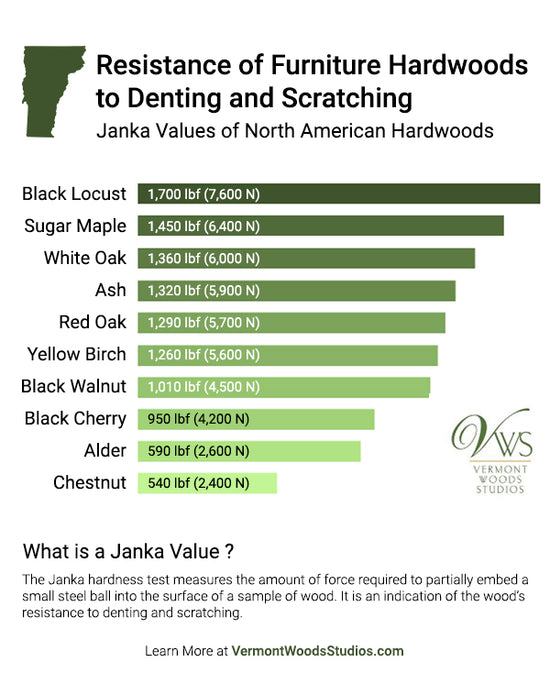
-
How Dense/Hard is Maple Wood?
The durability of wood is usually measured using the Janka Test. This involves pressing a steel ball into a block of wood and measuring the amount of force required for the ball to become embedded halfway. The result can either be displayed as pounds of force or as a number followed by the word Janka.
Hard maple (from a sugar maple tree) rates 1,450 Janka. It tops most other hardwood types that are popular with furniture makers. For example, white oak is the next in line at 1,360 Janka. This is followed by red oak at 1,290 Janka, walnut at 1,010 Janka, and cherry at 995 Janka.
With that in mind, red maple, which technically is a soft maple wood, is not far behind, coming in at 950 Janka. Box elder, along with bigleaf, silver, and striped maple, all fall from about 700 Janka to just over 800 Janka. Again, that means it takes 700 or more pounds of force to embed something the size of a BB in the wood, so its still quite durable.
How Can I Tell if the Furniture I Have is Maple Wood?
Its somewhat rare for manufacturers to pass off other wood types as maple simply because its one of the most reasonably-priced options due to its abundance. However, maple wood is often stained to look like costlier options, such as mahogany or cherry. Unfortunately, this can be difficult to detect unless youre a wood expert, so its always best to purchase wood furniture from a reputable and well-established company.
Can Maple Wood Furniture Go Outside?
In theory, you could put maple wood furniture outdoors if its properly sealed and maintained on at least an annual basis. However, the elements would ultimately take their toll and the upkeep to minimize weathering and aging would likely deter most from trying. That said, Vermont Woods Studios also offers pieces specially-designed for outdoor use. Our all-weather Polywood collection mimics the look and feel of real wood but is crafted with recycled high-density plastic, so its maintenance-free and comes with a lifetime guarantee.
Is Maple Wood Eco-Friendly? Are Sugar Maple Trees Endangered?
Maple wood is an amazing option in terms of eco-friendliness. Not only do the trees grow in abundance, but those used by our craftsmen are also typically sourced locally and are always harvested in a sustainable way. That means theres minimal shipping involved, the carbon footprint is very small, and our forests will remain protected for generations to come.
Moreover, maple wood can be stained to look like other wood types, such as mahogany. Unlike maple, mahogany harvesting is responsible for a great deal of deforestation throughout the Caribbean and Central and South America, and is considered vulnerable. Much of the mahogany trade today is still illegal. So, choosing something like maple which is local and grows in abundance is a smarter choice for someone concerned about the earth.
How to Care for Maple Wood Furniture
The care guidelines for maple wood furniture are mostly dependent on the type of finish used to seal the wood. Because maple wood has such tightly knit grain, it doesnt absorb oil finishes as well as other furniture hardwoods. Oil finishes also tend to cause maple to yellow slightly over time. For this reason, maple furniture is often finished with a lacquer or varnish. These finishes are low maintenance and generally care-free.
Learn more about the different wood finishes we offer and how to care for each one.
What to Look for When Purchasing Maple Furniture
Finding high-quality maple wood furniture isnt always easy, simply because some manufacturers cut corners and/or dont use natural solid wood. If youre shopping for maple wood furniture, look for the following:
- Authenticity: Is it real maple wood?
- Craftsmanship: Is it well-crafted?
- Quality: Does it come with a lifetime quality guarantee?
- Eco-Friendliness: Is the wood sustainably-sourced?
Read More on the Blog
-
Figured Maple: Curly, Birdseye, Spalted & More
Read MoreSome of the most common types of figuring found innatural maple woodare spalting, birdseye patterns, curling, ambrosia, and quilting.
-
Selecting a Wood Species
Read MoreWe like these species because they are well suited to fine furniture making by virtue of their color, strength, hardness, grain patterns and workability.
-
FSC Certified Wood: Everything You Need to Know
Read MoreSupporters of the sustainable American-made furniture movement prefer the use of domestic wood over the use of imported FSC certified wood.
-
Wood Furniture Buyer's Guide
Read MoreShopping online for high quality wood furniture requires some research. After all, fine furniture is a big investment.
-
5 Exotic Hardwoods to Avoid & Why
Read MoreWood is generally an earth friendly material because it is renewable, meaning it grows back and isn’t finite like oil, metals, or even rock. But not all species of wood are inherently sustainable.
Other Types of Wood Species
-
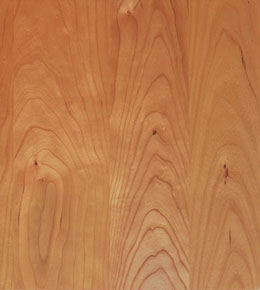
Cherry Wood
More About Cherry -
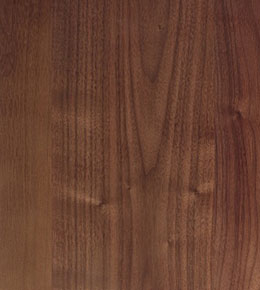
Walnut Wood
More About Walnut -
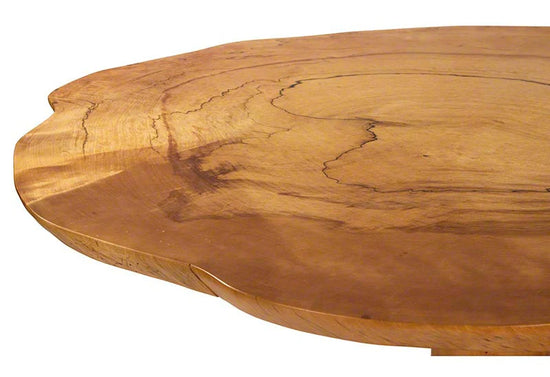
Birch Wood
More About Birch -
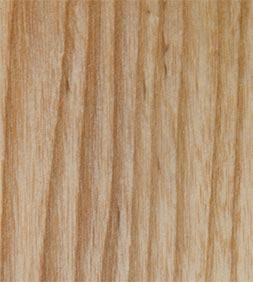
Ash Wood
More About Ash

